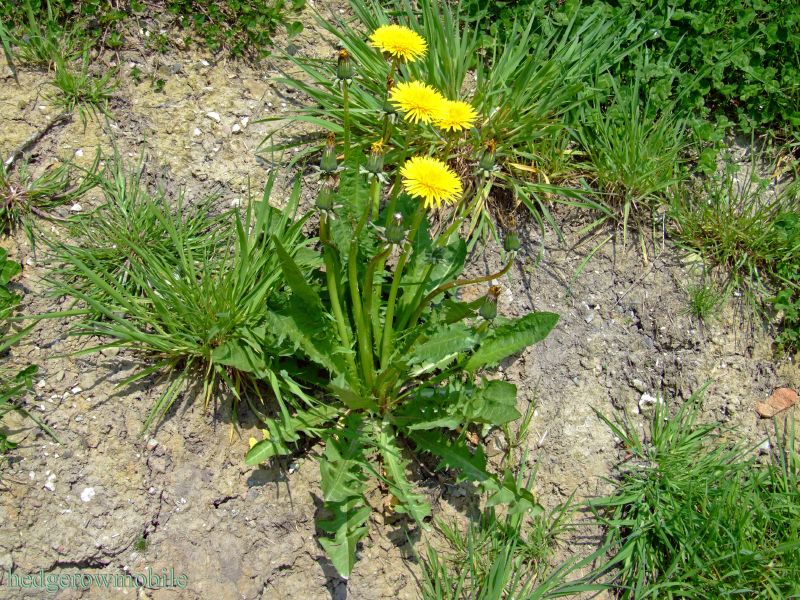When she was a little girl my favourite aunt fell into a patch of nettles. At the hospital, through her tears she demanded “Dock Leaves!”. Interestingly no one at the hospital understood why she was demanding them.
I can very distinctly remember when I learnt about dock leaves. I was a small child in the beer garden of a pub. At one end of the garden was a very tall nettle. My father patiently explained to me the danger that this posed and also how rubbing a sting with a dock leaf would negate its effects, and that dock leaves would always be found where nettles grew.
Recently I went for a walk in a park with my girlfriend. She was overjoyed to encounter some brambles with a good growth of blackberries and was soon wading among then picking as many as she could. All of a sudden she announced “my arm is burning”. Turns out that while she recognizes blackberries they do not have nettles in Brazil so she was quite unaware of the risk of brushing against these innocuous looking plants. I began hunting for dock, but contrary to common wisdom there were none nearby and I had to search a good twenty yards away. Not entirely sure what I found was dock, but rubbing them on the sting did seem to reduce the effects.
Back at work I told her to use some soap to neutralize the effects of the sting. A colleague had some Olbas oil and this proved effective. Olbas oil is part of my travelling first aid kit so it was interesting to find yet another use for it.
In addition to dock I now learn that Greater Plantain and Dandelion leaves could have been used instead. There were quite a few of these growing closer to the nettle. Alkalis such as baking soda or soap work, as does hot water. Other remedies include Horsetail, Jewelweed, the underside of a fern (the spores), mud, saliva, oil and onions, lemon juice, and topical use of milk of magnesia. Worth knowing.
If you have enjoyed this article or it has been helpful to you please feel free to show your appreciation. Thank you.The Books






